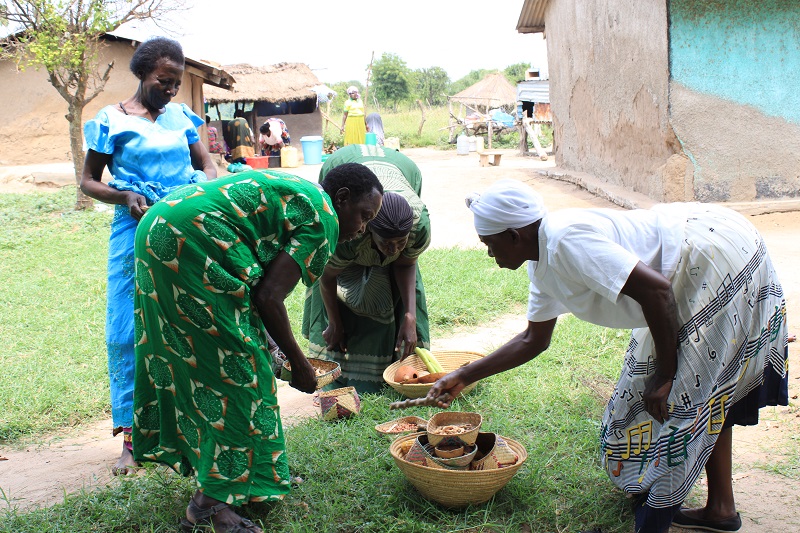
How do indigenous people understand climate and how it changes?
How do indigenous people understand climate and how it changes?
We need to know how indigenous people know climate in their context instead of us the elite (western educated elite) to force them “understand” the meaning of climate according to our understanding. I have spent the bigger part of my life learning from my father (now late) about how our ancestors understand climate. I have also complimented this learning with the knowledge from the Bagungu and Banyabutumbi people. Indigenous people have got criteria on which they baseto know climate and its changes on daily, monthly or and seasonal basis.
The following are examples of the criteria;
Watching the moon, the wind, insects, animals and cloud behaviors.
Because indigenous people live in harmony with Nature, they know her behavior and language. For example, indigenous people know the behavior and language of trees, animals, insects, water, birds, soil etc. and are able to interpret and respond to these behaviors. When a tree flowers, sheds the leaves or grows new leaves, it is a sign of something which informs the people of a certain farming activity. When a certain animal makes an unusual sound, the people expect something wrong has happened and they respond to that behavior respectively by doing something. Among the Bagungu people along L. Albert (Mwitanzige) in Uganda, when Pajawu (Murchison Falls) makes an unusual sound, they start preparing their gardens for planting.
Should that behavior (Right) of a tree, animal, bird be violated and the tree or animal can no longer behave that way, some disorder in Nature occurs. An animal, a tree, a forest or a river manifests its right to be, to exist to reproduce, through a certain behavior and curtailing that behavior is violating its right! Consequently, indigenous people have learnt and adopted relevant laws to ensure that such behaviors(rights) are respected. The laws are, of course, embedded in their beliefs, customs and norms(culture); which when broken, the culprit is punished, either by nature itself or the community through various ways, including restorative justice.
Rights of Nature are defined in terms of Nature behavior. Indigenous people, with their age-old knowledge, have learnt these behaviors and corresponding customary laws to regulate their (behavior) violation. In all communities there are indigenous people with known customary laws (though not written). Where the laws were not weakened by foreign culture, ie religion, education and modernity, the Rights of Nature are strongly observed and respected; thus, sustainable relationship between humans and Nature. In communities where human law supersedes laws of Nature, human rights have completely surpassed Rights of Nature and Nature is at the mercy of humans; leading to total destruction.
This article recommends that the rights of indigenous people to their knowledge systems be recognized. Recognition of these knowledge systems begins by recognition of their cultures and associated customary laws on their landscapes, food and natural heritage.
By: Tabaro Dennis Natukunda.
The author is the founder and Executive Director of African Institute for culture and Ecology (AFRICE-UGANDA)